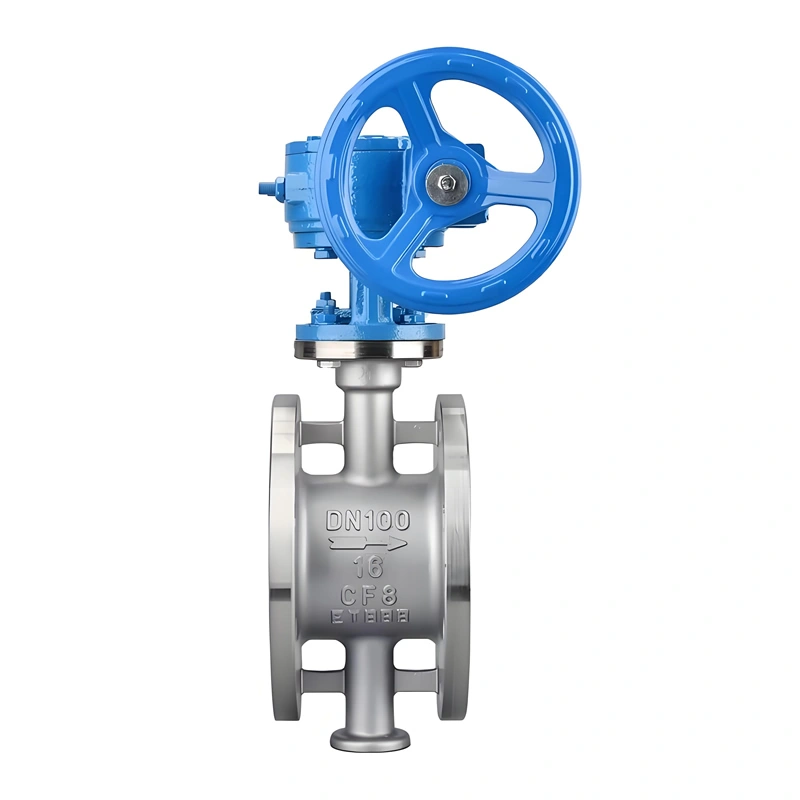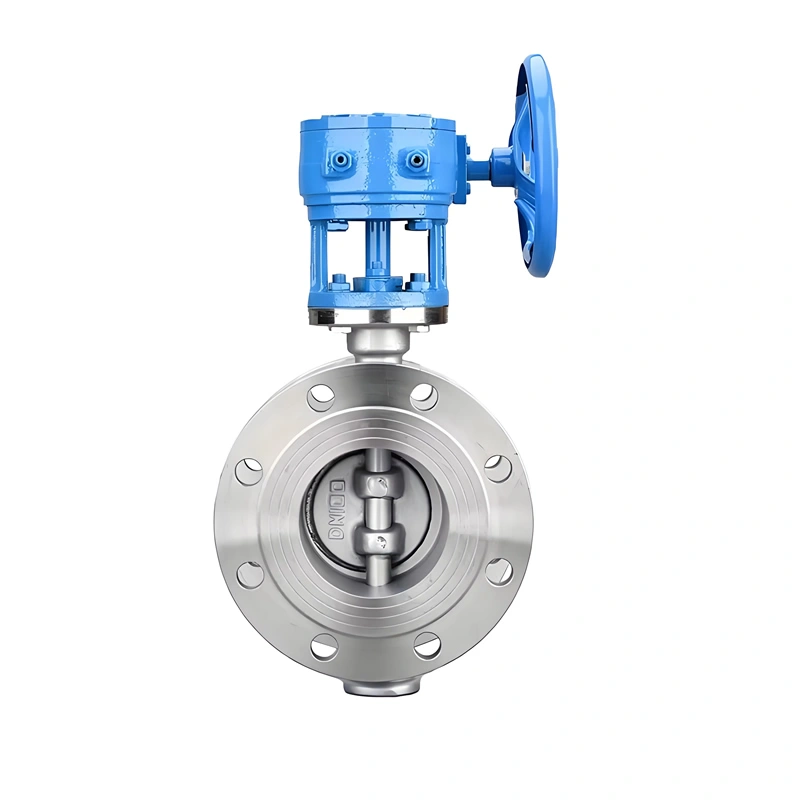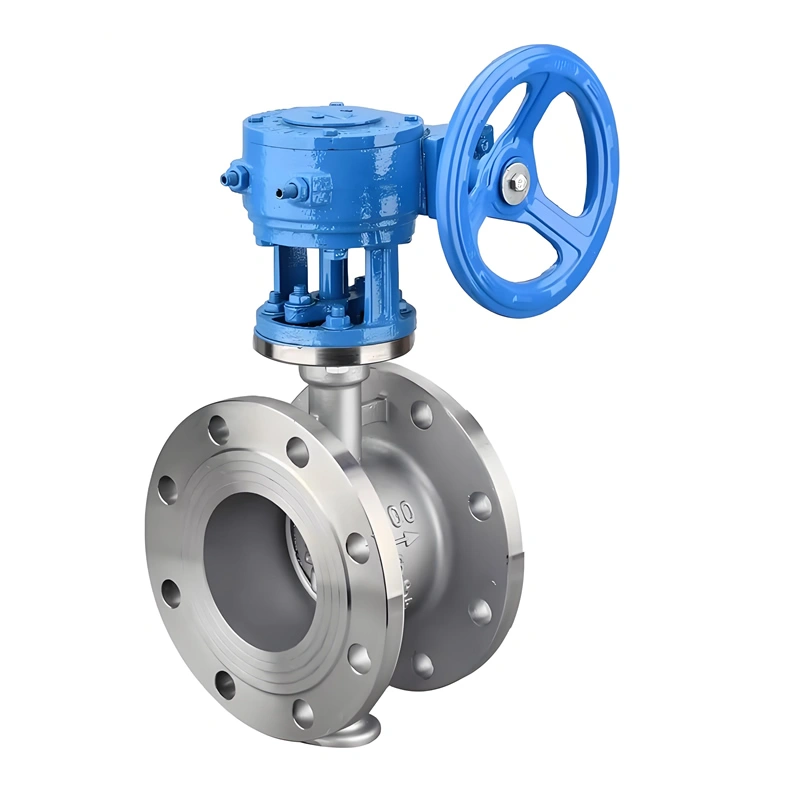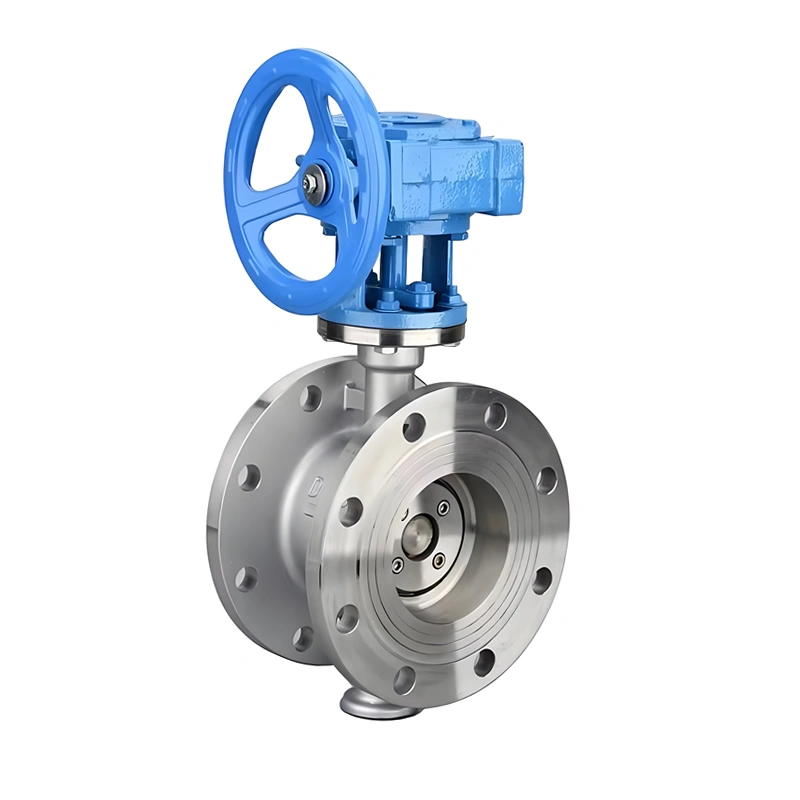- Centre Sealing
- Force Sealed
- Low Pressure (Pn<1.6mpa)
- High Temperature (T>450°C)
- Soft Sealed
- Forge Welding
- GB/ ASME/ JIS/ GOST
- 1/4″~4″, DN8~ DN100
Product Overview
Stainless Steel High-Temperature and Pressure Resistant Multi-Level Metal Hard Sealing Butterfly Valve
In industrial scenarios such as petrochemical, power energy, and metallurgy that involve high temperatures and pressures, valves face strict requirements for sealing performance, heat resistance, and structural strength. The Newway stainless steel high-temperature & high-pressure resistant multi-level metal hard sealing butterfly valve, with its innovative design and exquisite craftsmanship, becomes a reliable choice for complex working conditions, providing efficient and safe solutions for industrial fluid control.
I. Analysis of Core Product Features
(A) Multi-Level Metal Hard Sealing Structure
Newway’s butterfly valve adopts a unique multi-level metal hard sealing design, composed of a disc, seat, and multiple layers of metal sealing pairs. The seat uses Stellite alloy surfacing technology, with a surface hardness of up to HRC60, offering excellent erosion and wear resistance. The disc and seat are precisely matched through a conical surface, forming a multi-level sealing line that achieves zero leakage under high temperature and pressure. Tested at PN40 pressure and 425℃, the leakage rate is below 1×10⁻⁹m³/s, meeting the API 598 Class VI sealing standard, suitable for controlling flammable, explosive, and highly corrosive media.
(B) High-Temperature & High-Pressure Resistant Material System
|
Component |
Material |
Performance Advantages |
|
Body/Disc |
316L stainless steel (CF3M) |
Molybdenum content increased to 2.2%-3.0%, resistant to 650℃, 40% enhanced chloride corrosion resistance |
|
Stem |
25Cr2MoV alloy steel |
Quenched, tempered, and nitrided to hardness HV700, tensile strength ≥1000MPa, blowout-proof design compliant with ASME B16.34 |
|
Sealing Pair |
Stellite alloy + Inconel alloy |
Maintains excellent sealing and wear resistance at high temperatures (600℃), service life >8 years |
(C) Double Eccentric + Conical Sealing Design
Combining the double eccentric structure with a conical sealing surface, the disc disengages from the seat instantly during opening, reducing friction and wear. During closing, the conical sealing surface gradually fits as the angle changes, forming a self-tightening seal—the higher the pressure, the better the sealing effect. This design reduces the opening/closing torque by 30% and avoids jamming caused by high-temperature expansion, ensuring long-term stable operation.
|
Parameter Category |
Technical Indicators |
Expansion Options |
|
Size Range |
DN50-DN800 (2″-32″) |
Customizable extra-large DN1000 (negotiable) |
|
Pressure Rating |
PN16/PN25/PN40 (up to 4.0MPa) |
American Standard Class 150-Class 600 (optional) |
|
Applicable Temperature |
-20℃-650℃ (standard type) |
Special customization for low-temperature -196℃ (liquid nitrogen) and high-temperature 800℃ |
|
Connection Type |
Flange connection (GB/T 9113, ANSI B16.5) |
Butt-welded, wafer-type interface customization |
|
Compliance Standards |
GB/T 12238, ISO 5281 |
API 609, CE, fire certification (API 607) |
II. Precision Manufacturing Processes and Quality Control
(A) Manufacturing Process Analysis
Body Molding: The 316L stainless steel body is produced by centrifugal casting, resulting in a dense and uniform internal structure. Double testing by ultrasonic testing (UT) and radiographic testing (RT) ensures no shrinkage cavities, pores, or other defects. High-temperature solution treatment relieves internal stress and improves material toughness.
Sealing Surface Processing: The seat is ground by a five-axis CNC grinder with flatness error ≤0.01mm and surface roughness Ra≤0.4μm. The Stellite alloy surfacing layer is ≥3mm thick, aged at high temperature to ensure hardness and wear resistance.
Assembly and Testing: High-precision assembly is completed in a dust-free workshop to ensure component clearances are controlled within 0.02mm. Each valve must pass a 1.5x nominal pressure hydrostatic strength test (30-min hold), a 1.1x air pressure seal test (helium leak detection), and a sampling of 100,000 opening/closing life tests.
(B) Quality Assurance System
Material Traceability: Batch numbers of key components can be traced to heat numbers and chemical composition reports, supporting third-party PMI material testing.
Third-Party Certification: Provides pressure resistance, high-temperature, and sealing performance test reports from institutions like SGS and BV.
System Certification: Certified by ISO 9001 quality management system, with high-pressure models complying with API 609 standards.




